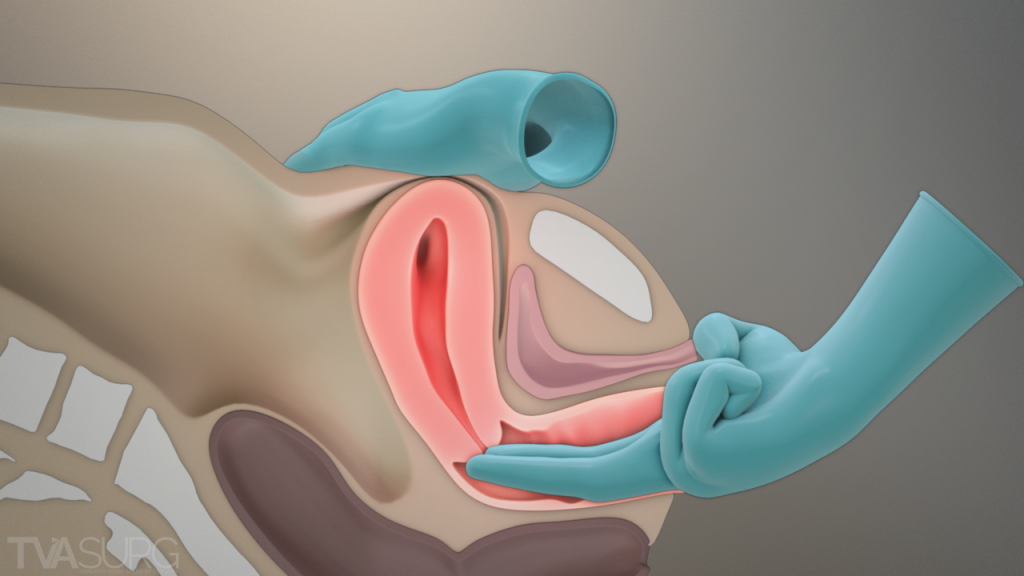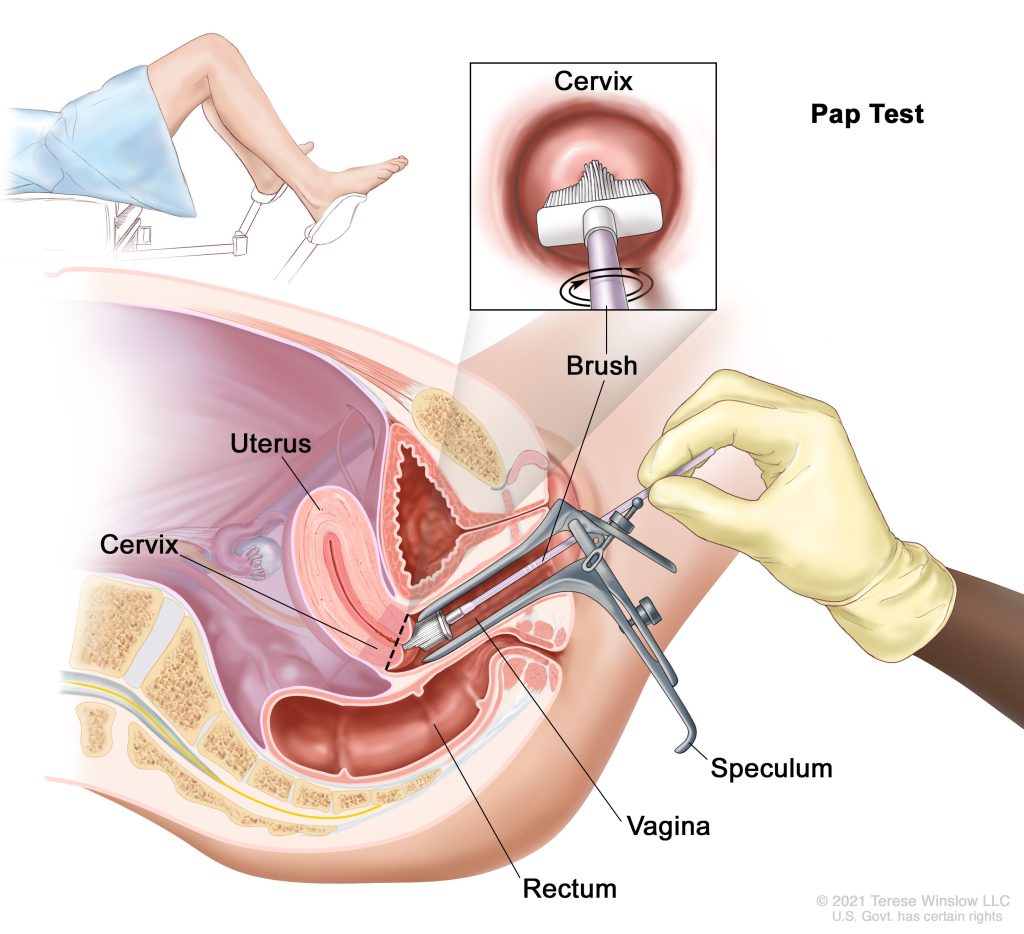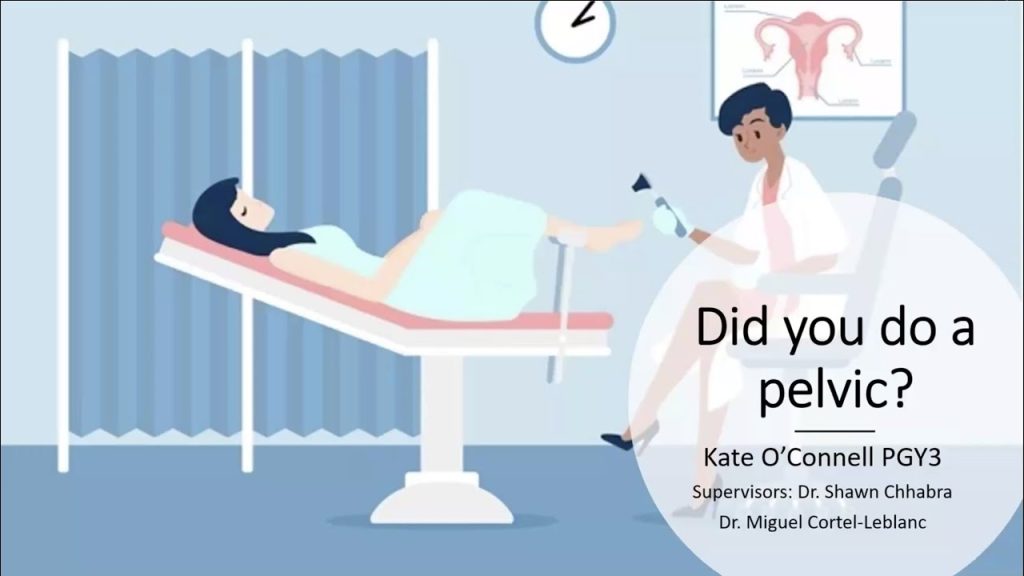
A pelvic examination is when a doctor or a specialist nurse examines your pelvis. Your pelvis is the area between your hip bones. It contains the pelvic organs, including the:
bladder
lower part of the bowel
In women, it also contains the female reproductive system  . This includes the:
. This includes the:
- ovaries
- fallopian tubes
- womb
- cervix
- vagina
You may also hear your doctor calling this test an internal or vaginal examination. During the pelvic examination, your doctor looks and feels for anything that doesn’t feel normal. They might refer you for more tests or treatment if they find anything abnormal.
Your doctor uses a speculum  to hold the vagina open during the examination. This allows the doctor to see the vagina and cervix clearly.
to hold the vagina open during the examination. This allows the doctor to see the vagina and cervix clearly.
Some people find these examinations embarrassing and invasive. It can also be uncomfortable. Your doctor and nurse will do all they can to make you comfortable and put you at ease.
Contact the number on the appointment letter beforehand if you think you are going to find these examinations difficult. If the healthcare team knows how you feel, they can make sure you get the support you need and allow more time if necessary.
You can ask for someone else to be in the room with you if you want, to act as a chaperone. A chaperone can be a relative, a friend, or a health professional such as a nurse. They can be with you during the examination.

Where you have a pelvic examination?
You usually have this test in the outpatient clinic. This is often the first test you have when you go to the hospital.
You may also have a pelvic examination at your GP practice.
Why you have this test?
A pelvic examination helps your doctor find out the cause of your symptoms. You may have a pelvic examination if your doctor suspects you have:
cervical cancer
vaginal cancer
ovarian cancer
womb cancer
vulval cancer

What happens?
You usually undress from the waist down and have a sheet to cover the lower half of your body. You lie on your back on the couch with your knees up and legs apart. You may be asked to rest your legs on padded leg supports.
Let your nurse or doctor know if you can’t get into that position for any reason. They may be able to examine you while you are lying on your side with your knees drawn up.
Your doctor uses a speculum to gently open the vagina. They can look at the vagina and cervix to see if there is anything abnormal. Your doctor may use a strong light and magnifier. When they finish, they remove the speculum.
The doctor may also put two gloved fingers into your vagina, and press down on your tummy (abdomen) with their other hand at the same time. Afterwards, they may also check your rectum (back passage). They feel for any lumps or changes in size or shape.
If you are pregnant
You can have a pelvic examination if you’re pregnant. But do let the doctor know before the test.
Pelvic examination under anaesthetic
It may be too uncomfortable for some people to have an examination while they are awake. So in this situation, you may have a general anaesthetic  . The doctor can examine the vulva, vagina and cervix without it being uncomfortable for you.
. The doctor can examine the vulva, vagina and cervix without it being uncomfortable for you.

After your test
You will be able to go home as soon as the pelvic examination is over.
Possible risks
A pelvic examination is a safe test. Your nurse or doctor will tell you if they find anything abnormal. The examination should not be painful, but it might be uncomfortable. Tell your doctor or nurse if you feel pain during this test.



